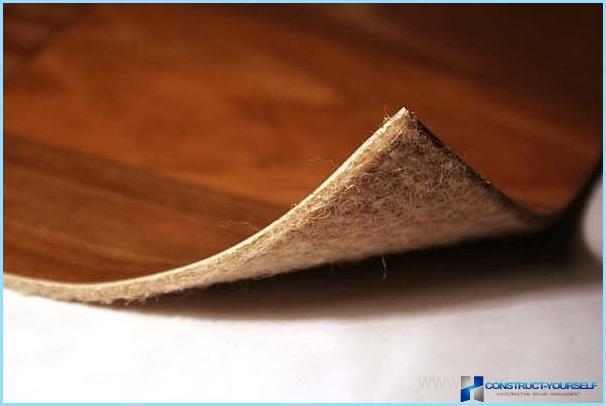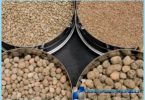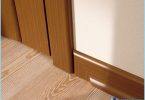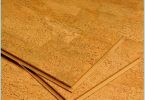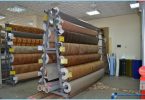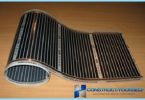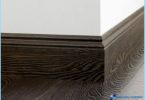The contents
Despite the huge selection of different types of flooring, linoleum has been and remains a highly popular material. This is because it has several advantages compared to other flooring materials, and costs less than most of them. In this article we consider one of the types of material – linoleum with a base of felt. Let us examine its advantages and disadvantages, structure and application technology.
Advantages and disadvantages of linoleum on a felt basis ↑
Like any material, this kind of coverage has certain «pros» and «cons». Let’s face it.
Advantages of linoleum on the basis of felt are:
- Simplicity and ease of installation, which can be done without the help of professionals. Greatly facilitates the task and the fact that this coating remarkably placed even on rough floor without preparation.
- Not burdensome to care for. The dirt on it is almost invisible, and in the case of its appearance it is perfectly removed in the process of wet cleaning.
- The ease of use. Walking on this floor is comfortable and nice, even barefoot, because it’s very warm and soft.
- High values of thermal and acoustic insulation, provided with a felt base.
- Affordable cost of material.
The disadvantages include the following:
- Perhaps the main disadvantage of this flooring is its durability, which is not more than ten years.
- If you compare this type of linoleum with its analogue having the foam base, the latter has a large mechanical strength, and therefore more wear-resistant.
- Linoleum on the basis of felt very afraid of water, so stacking it in rooms with high humidity is not recommended, as in this case, the material will soon become worthless.
Structure of linoleum on a felt basis ↑
Such coatings have a complex structure consisting of several layers (these layers usually five or six).
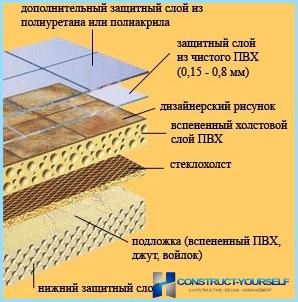
The bottom layer is a substrate consisting of a felt. This material has excellent thermal and sound insulation, despite its small thickness, which is usually not more than three millimeters. To make the product extra rigidity many manufacturers add a layer, consisting of fiberglass. The next layer – decorative. The figure this layer is usually simulates parquet, parquet Board or a tree and permeates the layer throughout its thickness, which makes wash and long retains its original appearance. Followed by a protective transparent layer of polyvinyl chloride. In most cases it is in the range from 0.15 to 0.8 millimeters. The top layer is applied, creating additional protection against the penetration of dirt and dust into the structure of the product. This layer consists of polyacryl or polyurethane.
Linoleum on felt brand Tarkett ↑
Company Tarkett is one of the leading companies engaged in the manufacture of floor coverings. Tarkett produces products of the highest quality. Felt the linoleum of the manufacturer: a wide selection of textures and colors. Therefore, to find a solution for even the most unique design is not difficult. The material has a thick protective coating that gives it high wear resistance and makes it possible to apply it even where there is high permeability. Tarkett linoleum with felt base is considered to be 23/32 class, has a thickness of 3.2 millimeters, 0.5 millimeters of them have the layer of protection.
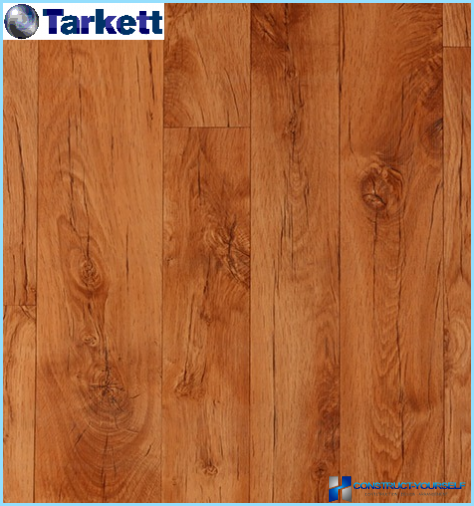
Ways of gluing the felt linoleum ↑
When buying linoleum is enough width, but if this was not possible, it is possible to produce bonding. There are several methods of bonding, they all have positive and negative aspects.
Bonding using double-sided tape ↑
The rough floor, which will be laying linoleum, thoroughly clean and, if there is such a need, primed. Then inspect joints for a match. In places where it is necessary to adjust them with scissors or a knife. The tape is adhered to the subfloor at the junction of the floor covering. Gently and gradually removing the protective film from the adhesive layer, combine the edges of the linoleum.
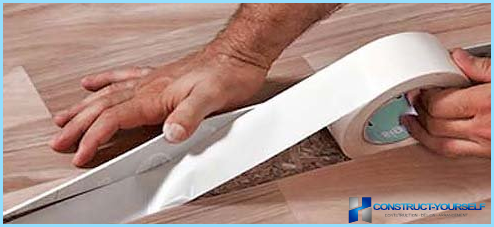
«Pros» this method are the simplicity of execution and low cost of the material, in this case of double-sided tape.
«Cons» – the unreliability of the mounting and visibility of joints.
Docking by setting the thresholds ↑
This method is used in cases when the edges of the pieces of material are on the border of different rooms. The stages of work:
- The alignment of the abutting edges.
- The measurement of the size threshold.
- Adjustment of the nut along the length by cutting with a jigsaw or metal saw.
- The securing nut screws, screwed through the prepared holes.
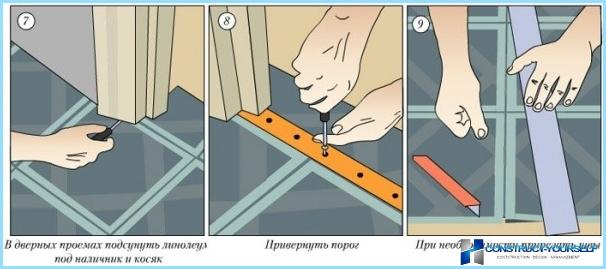
The advantages of this method include the reliability of docking and low cost of materials. And the shortcomings – a lug nut on a common floor surface, which may cause inconvenience in operation and the complexity of color matching of the threshold under colour of linoleum.
Bonding by hot welding ↑
This method is quite labor-intensive and requires special knives, welding dryer and nozzles as well as special welding cords.

Before welding the sheets of flooring are well glued to the floor. The length of the joints is cut a recess, from which are removed all the pieces of the sheared material. Then welding the dryer is heated to a temperature not lower than 400?With and put on him a special attachment. Welding cord laid along the length of the recess. A Hairdryer pass through the entire length of the laid cable. When the seam cools, it is cut with a special knife.
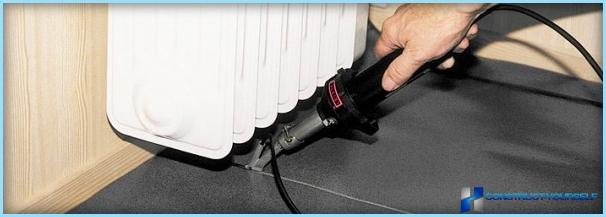
The resulting seam has substantially the same composition as the flooring itself, and the docking glued by this method turns out to be very reliable.
But there are negative sides of this method:
- so, it cannot be used for bonding linoleum household type, because this material rapidly melts under the action of high temperatures.
- demand the expensive equipment;
- to work with welding equipment requires specific skills.
The above material makes it clear that this method can only be used in the process of performing professional work, but for home use it is not suitable.
Bonding by cold welding ↑
This is a simple and reliable method for gluing of joints of linoleum. Its implementation will need cold welding, masking tape, ruler and knife.
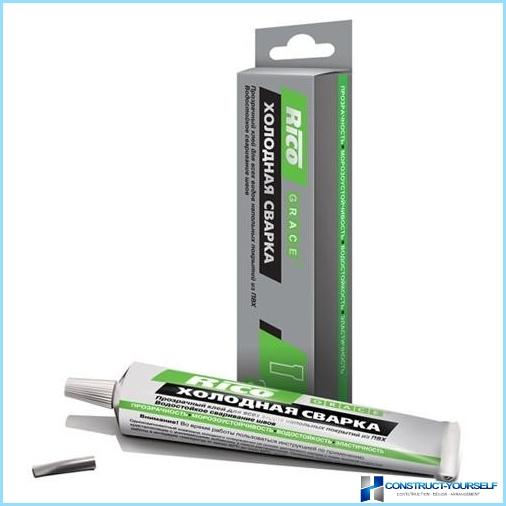
At the first stage perform a careful adjustment of the edges of the material until the coincidence pattern. Next, make covering the abutting edges with masking tape or duct tape. This is done in order not to stain the edges of the floor covering by cold welding. Then cut the seam with a knife. The slot is filled by cold welding. When welding is completely dry, remove the tape.
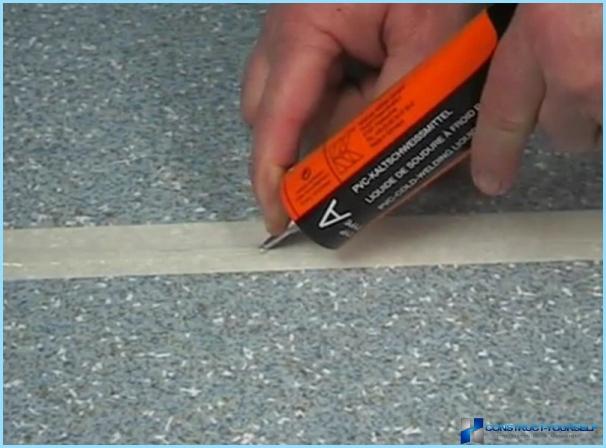
«Pros» this method:
- suitable for bonding during installation and for subsequent repair of the floor of linoleum;
- ease of use, which can make bonding with its own forces without involving the professionals.
- aesthetic appearance, which receives floor covering.
Significant «cons» this method of bonding there.
View the process of cold welding seams of linoleum on the following video:
Based on the above facts, we can take the conclusion that cold welding is the most suitable method of bonding felt, linoleum in the home. The use of bonding with the nut or double-sided tape is justified only from a financial point of view. Bonding also felt special linoleum glue will not give any result, because the glue will stick to the rough sex only a base of felt, which will be a stratification of the material. Besides, any adhesive for linoleum in its composition contains toxic ingredients that negatively affect health.

